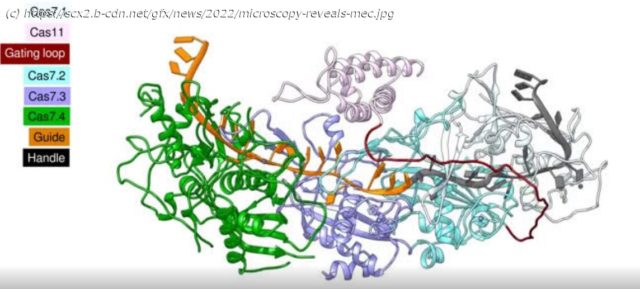New research from Cornell offers insights into a line of CRISPR systems, which could lead to promising antiviral and tissue engineering tools in animal and plants.
August 25, 2022
New research from Cornell offers insights into a line of CRISPR systems, which could lead to promising antiviral and tissue engineering tools in animal and plants.
The research by Ailong Ke, the Robert J. Appel Professor of molecular biology and genetics in the College of Arts and Sciences, and Stan J.J. Brouns at Delft University of Technology in the Netherlands, focuses on a newly discovered CRISPR RNA-guided Caspase system, otherwise known as Craspase.
CRISPR-Cas systems are RNA-guided nucleases in bacteria that cleave viral DNA or RNA targets in precise locations to enable powerful genome editing applications. Caspases are a family of proteases that control programmed cell death in animals, including humans. A recent finding that caspase-like proteins could associate with CRISPR-Cas electrified the scientific community. Such CRISPR-guided caspases were given a new name, Craspase.
“On one hand, this association was totally unexpected and points to novel modes of antiviral action in bacteria,” Ke said. “On the other hand, we could use a system like this to develop many biotech and therapeutic applications, if we understand all the gizmos inside this machinery.”
The researchers’ paper on the topic, “Craspase is a CRISPR RNA-guided, RNA-activated protease,” was published Aug.






